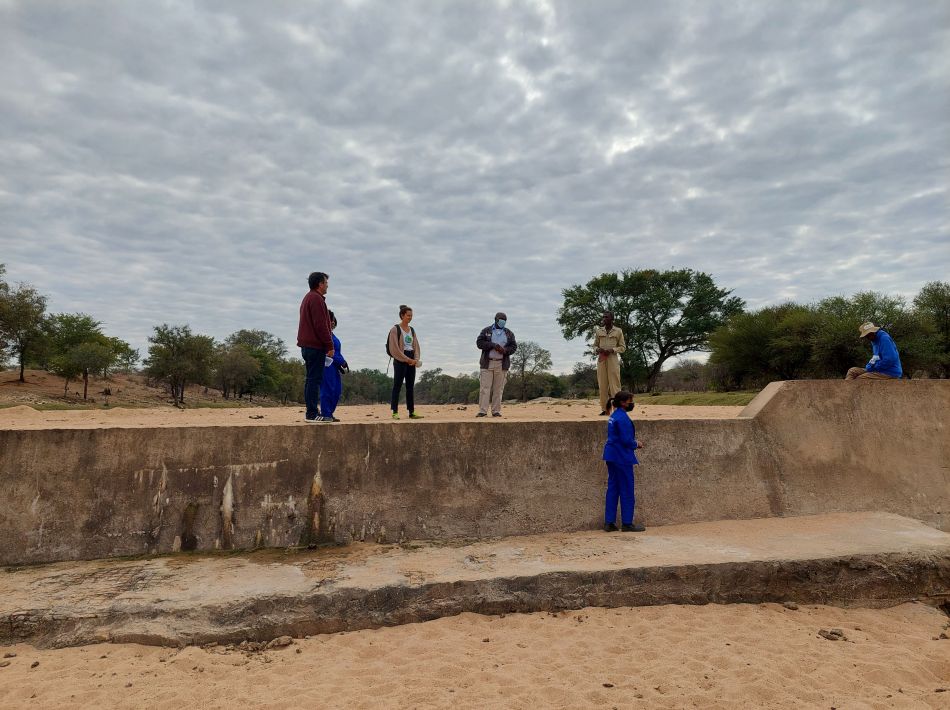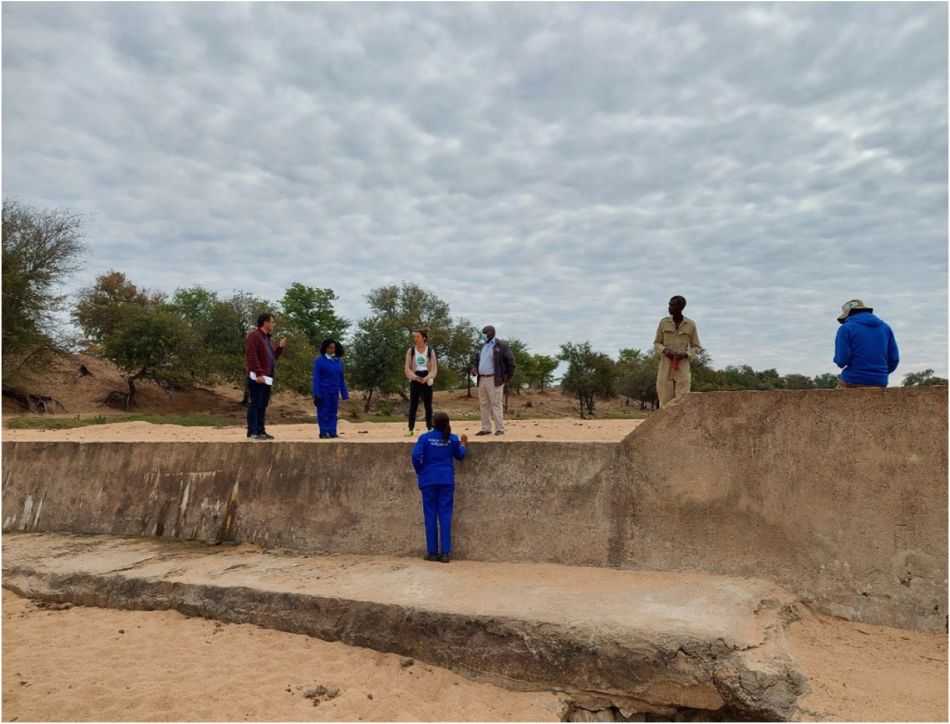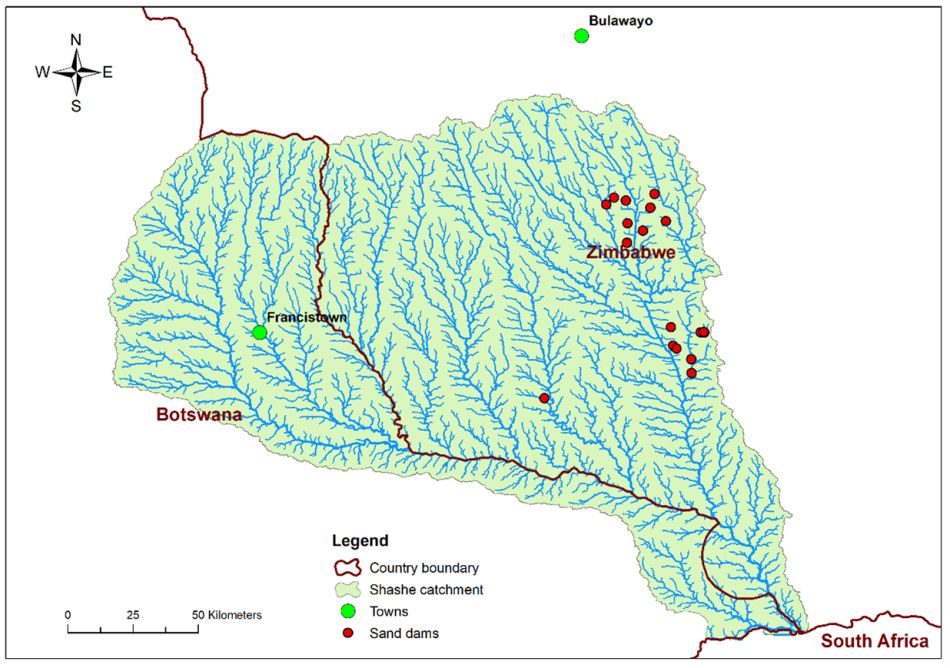By Jonathan Lautze, Research Group Leader – Integrated Management of Basins and Aquifers, Anita Lazurko, independent consultant, and Girma Yimer Ebrahim, Regional Researcher – Hydrogeology and Water Resources

More than 2 billion people currently live in water-stressed countries, and approximately 4 billion people experience water scarcity at least one month per year. Climate change compounds these challenges through warming temperatures, more frequent and severe extreme events, and a shifting precipitation regime. Since 2000, flood-related disasters have increased by 134% compared with the two previous decades, and the number and duration of droughts have also increased by 29%.
Storing water is a primary means of coping with water insecurity and climate change challenges. Water storage provides a buffer to manage uncertainty and variability. It contributes to adaptive capacity by enabling rural communities to satisfy domestic water requirements in drought periods, farmers to grow crops in dry seasons, livestock to survive through the dry season, rivers to flow all year round, and hydroelectricity to be generated. Historically, water storage has been synonymous with grey infrastructure such as dams, ponds, and tanks. But there is growing interest in natural infrastructure such as aquifers and soil moisture, as well as hybrid options such as managed aquifer recharge.
As part of its research on integrated storage, the NEXUS Gains Initiative conducted an assessment for the Shashe catchment – a sub-basin of the Limpopo shared by Botswana and Zimbabwe. Results indicated the catchment has a potential of 698 million cubic meters (m3) of storage in large and small dam reservoirs, 97,600 million m3 of storage in groundwater, and 4,660 million m3 of water storage in the soil. In this context, sand dams present a promising yet underutilized water storage option. Sand dams are concrete barriers constructed in ephemeral sand rivers to enhance the accumulation of sand (Figure 1). The sand that accumulates behind the dam in turn captures and stores water in the sub-surface pore space during the wet season, for abstraction during the dry season. Water is generally abstracted using a hand pump and used for mainly domestic purposes, but can also be used for other livelihood activities such as vegetable gardens and brickmaking.

Photo credit: Girma Yimer Ebrahim/IWMI
While sand dams have the potential to play a key role in integrated storage efforts, the jury is still out on this innovation. Investigations into the impacts of sand dams offer tentative evidence of their benefits as the reliability and generalizability of these evaluations remain unclear. To help understand the potential role of sand dams IWMI, in partnership with Dabane Trust and as part of the NEXUS Gains Initiative, assessed the impacts of 20 sand dams in 19 communities in the Zimbabwean portion of the Shashe catchment (Figure 2).

Source:Girma Yimer Ebrahim/IWMI
The results showed that sand dams significantly improved local water availability. Water was available for an average of 4.4 additional months a year, and during a drought year, this amounted to 3.9 additional months. This improvement reduced pressure on communities to adopt restrictive adaptation measures. Findings also suggest numerous additional ecological and social benefits. By evaluating the impact of sand dams on resilience to climate change via key benefits and risks through a participatory case study approach the study contributes to a growing body of work.
Still, sand dams are not without risks. For example, the investigation also identified issues with the quality of water abstracted from sand dam sites. The sustainability of the infrastructure, not unlike that of other small water infrastructure constructed in rural areas, might require additional investigation. Nonetheless, the benefits of sand dams suggest that this is a promising innovation that has a place in integrated storage management. Coupled with other storage options at a basin level, sand dams can play a key role in rural water security and drought resilience.
This work was carried out under the CGIAR NEXUS Gains Initiative, which is grateful for the support of CGIAR Trust Fund contributors: www.cgiar.org/funders

